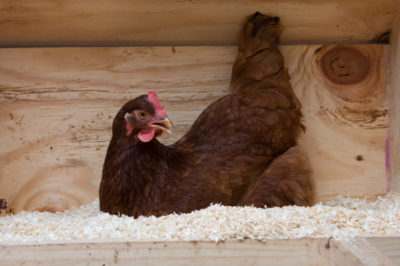

| Visitors Now: | |
| Total Visits: | |
| Total Stories: |

| Story Views | |
| Now: | |
| Last Hour: | |
| Last 24 Hours: | |
| Total: | |
6 Popular Hens For Egg Production

Chickens have been bred for hundreds of years to lay eggs for most of the year. But even the best egg layers have rest periods, especially during the cold, dark winter. However, since the egg industry started, large-scale factory farm egg production facilities have used artificial lighting to force their hens to lay year-round, and many homesteaders and backyard farmers are duplicating this practice. There’s no doubt that artificial lighting works to maximize egg laying during the winter, but is it really the best decision to make?
How Light Affects Laying
Like other animals, a chicken’s natural cycles are controlled by the endocrine system. This system releases various hormones throughout the bird’s life, influencing functions such as molting, brooding, and egg laying. Places with dark winters have colder winters that are too harsh for a hen to successfully raise chicks. The endocrine system, therefore, reacts to the length of daylight, turning the reproductive cycle “off,” or at least slowing it down, when sunlight dips to below 14 hours a day.
Problems Caused By Artificial Lighting
Despite countless generations of breeding for good egg layers, there’s no doubt that egg laying takes a lot of work and puts a lot of stress on a chicken’s body.
Source: http://www.offthegridnews.com/2013/08/02/6-popular-hens-for-egg-production/




That is why Chickens in the Tropics thrive and are healthier as hell compared to feedlot corporate 1st dump world GMO country we have now.